Biden’s American Families Plan Cuts Proposal for Two Years of Free Community College
President Joe Biden’s proposal to make community college free nationwide fell through in October 2021
January 20, 2022
In October 2021, Congress spent much time deliberating over and amending President Joe Biden’s Build Back Better plan. Many proposals did not make the cut, including one to make community college free. There was much debate over how beneficial free community college would be and how it would be financially possible.
President Biden originally proposed making two years of community college free for every student regardless of their financial status. This came under the expectation that many students would eventually transfer to trade school programs or four-year colleges. The framework of the original proposal was supposed to develop over ten years. Democrats who supported the program believed it could financially boost community colleges by drawing students back into school after enrollment had dipped due to the Covid-19 pandemic.
Biden wanted to direct $109 billion worth of funding allocated to the Build Back Better bill from the federal government to the states. The states would distribute that money to their colleges, provided that the colleges eliminated their tuition and fees without taking a financial hit.
The Obama administration proposed the America’s College Promise (ACP) Act, a bill similar to the Biden administration’s that detailed a federal-state partnership. Biden’s bill went a step further by including proposals to add funding for historically Black colleges and universities (HBCUs) and other minority-serving institutions, as well as expanding the Pell Grant. While Congress approved adding $500 to the Pell Grant, it ultimately cut the proposal for free community college.
Critics of the proposal argued that many states already offer free community college to in-state residents, and retention rates among community college students are low (roughly 60%). Therefore, funding students who may not complete their two-year programs is perhaps not an effective use of federal funds. Many community college students are juggling a myriad of responsibilities, leading some to suggest that the Pell Grant may provide more financial flexibility than two years of free college.
Critics also noted that the cost of living, not tuition expenses, is a more significant barrier to affording a college education. Additionally, students who need financial assistance often qualify for grants. When this gets taken into account, many students receive a “refund” that averages $500, which can cover the costs of fees and textbooks.
There is debate over whether it is worth implementing a tuition assistance program when ones like the Pell Grant already exist, along with other forms of assistance students can apply for. Additionally, government budget restraints and funding could become a problem. The amount of money needed to cover the average cost of tuition would vary among states, and there is little research dictating what budgetary plan would work best.
On the contrary, supporters of the bill argue that free in-state tuition does not exist nationwide, thus such a program could be beneficial for students living in states that do not offer free community college. Also, a study conducted on a free tuition program in Tennessee revealed the program led to higher rates of community college completion among students who received free tuition than those who didn’t.
Applying for financial aid can be a challenging and complex process, and many students face obstacles in doing so. Free community college, however, would eliminate this potential struggle. Making community college free has also been shown to increase attendance by an estimated 26%, which could help colleges who suffered financially from the pandemic.
Students at Howard Community College offered their opinion on the proposal for free community college.
Sophomore Rebekah Ericson is against free community college because “the money will have to come from somewhere,” and “the strain to pay for others’ free community college may fall on middle-class families.”
Dee Haney, a communications major, offers an opposing viewpoint. She suggests community college should be free “to the extent that it allows everyone to attend who shows the discipline and motivation.” However, she also states that community college should not be free “if it results in a lowering of professors’ salaries or any loss of benefits for the professors.”
Regardless of your stance on the debate, the discussion surrounding free community college will continue as higher education becomes increasingly important for employers. Ultimately, making higher education financially accessible to all students should be prioritized to create better opportunities for all.

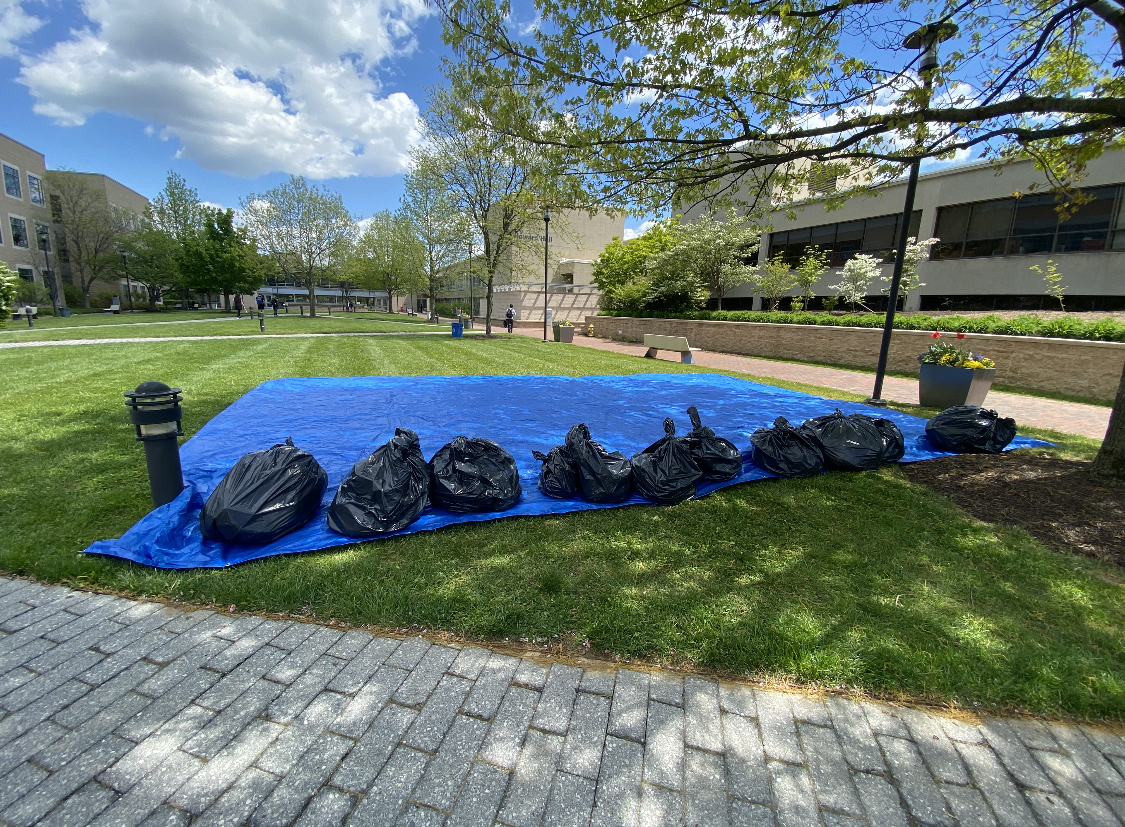




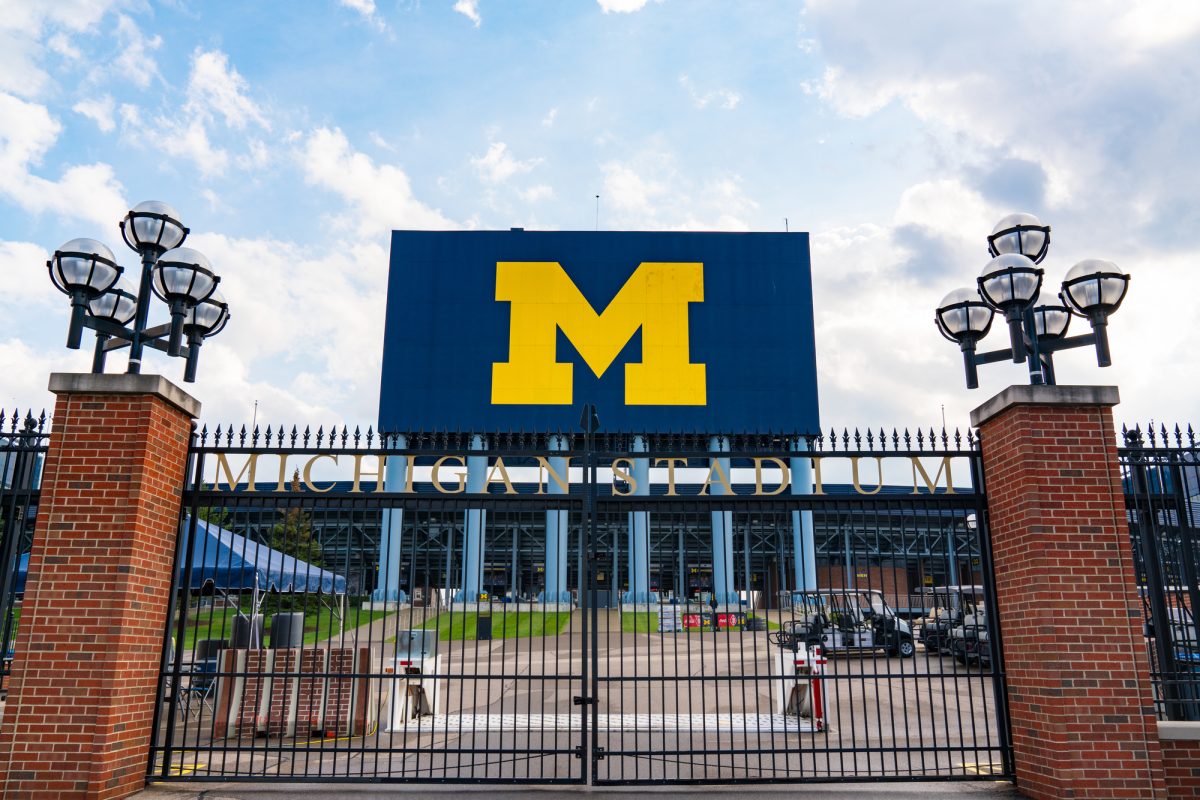
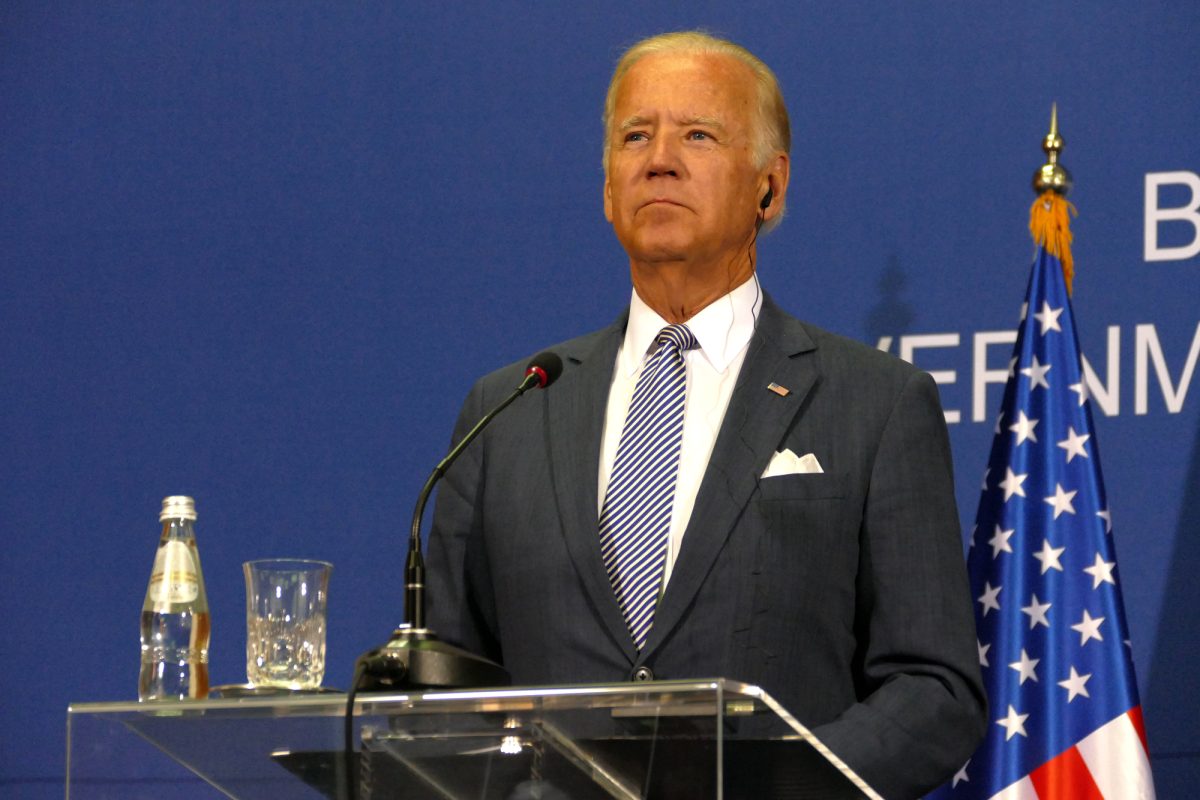

















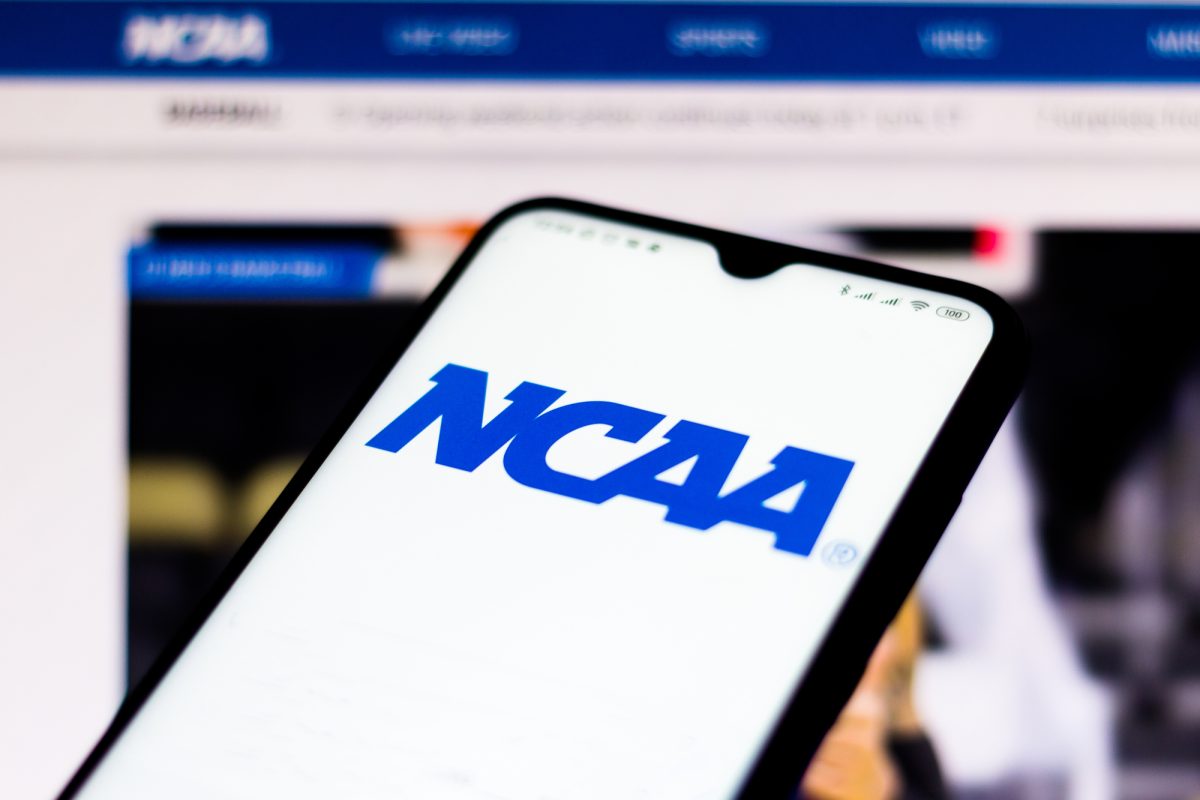



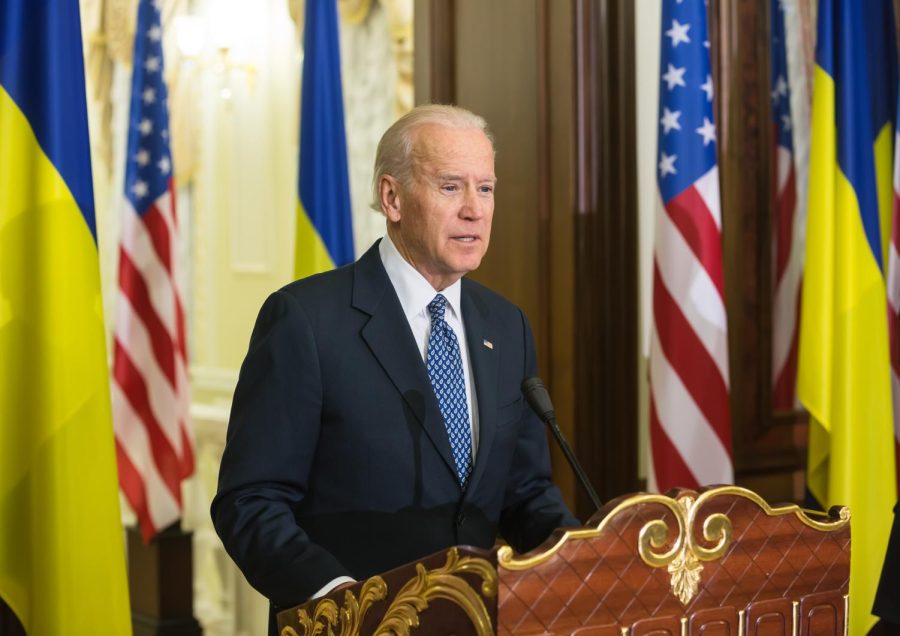


Esha F Bhatti • Feb 8, 2022 at 3:46 pm
Great work, Melanie!
Rebekah Ericson • Jan 21, 2022 at 1:03 pm
Thank you for including various viewpoints in your article. It is well written.